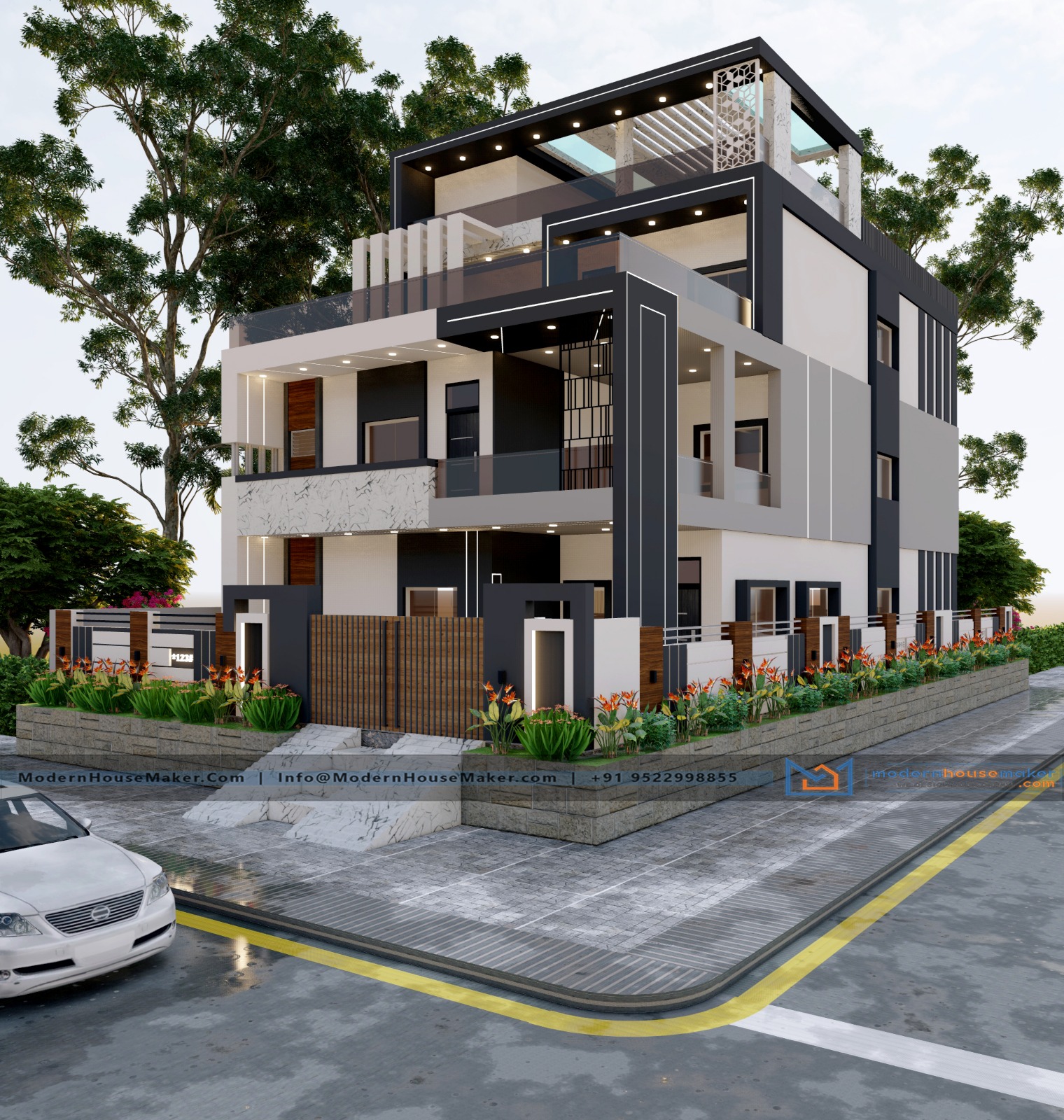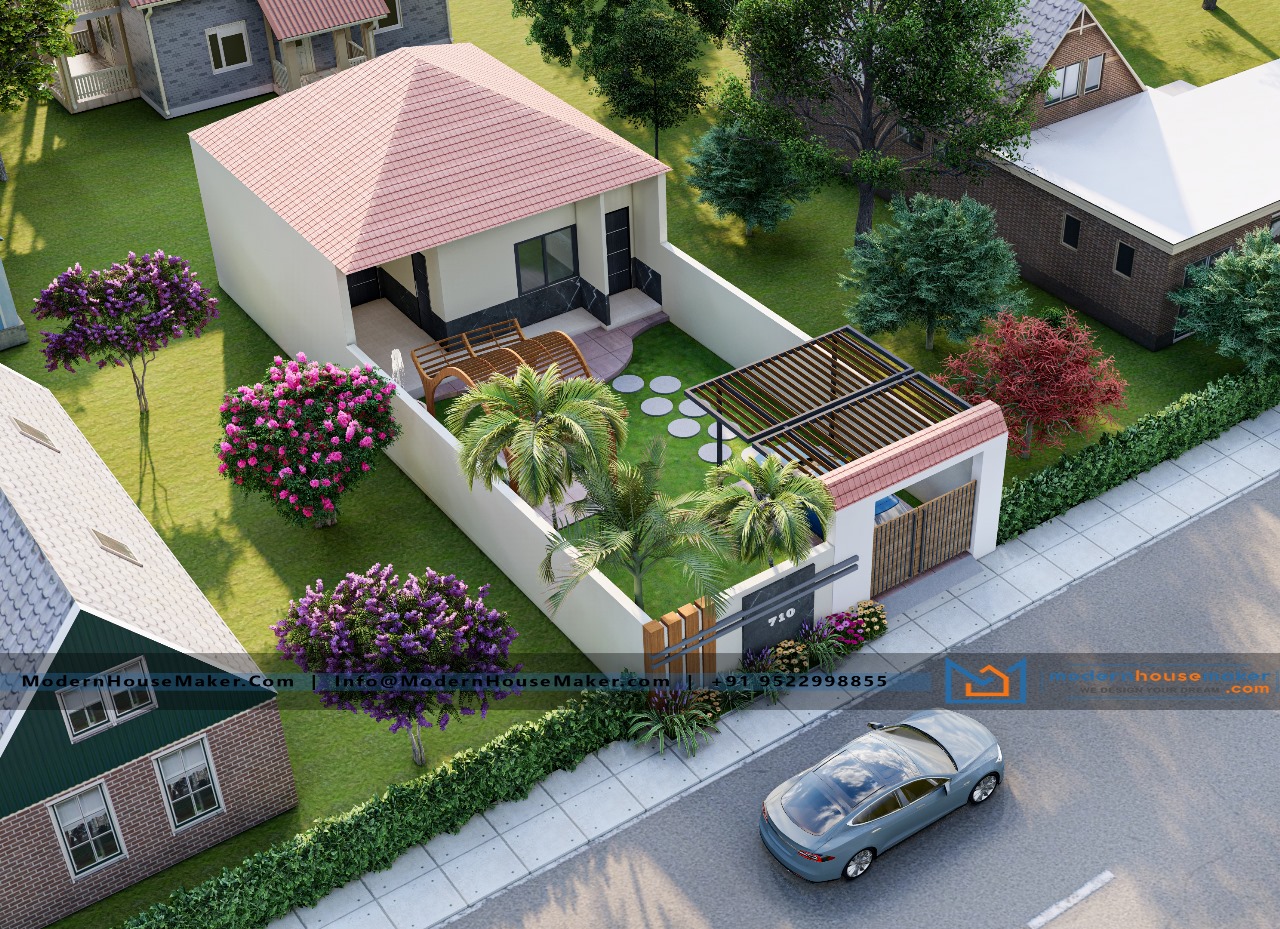Essential Design Strategies For Building Resilient Homes In Cyclone Prone Areas
2024-12-27 10:01:43

As climate change intensifies, the wrath of nature reminds us of its unpredictable power—especially in cyclone-prone regions where fierce winds and torrential rains can wreak havoc on communities. But what if we could arm ourselves against these forces? Welcome to a transformative journey that blends innovation with practicality! In this blog post, we’ll explore essential design strategies that not only withstand the fury of cyclones but also create homes that are havens of safety and comfort. Whether you’re an architect, builder, or homeowner looking to fortify your future against natural disasters, join us as we unveil the blueprints for resilient living—where strength meets style amidst the storm!
- Location and Site Selection
Choosing the right location is crucial for resilient home design, especially in modern house construction. A well-selected site can significantly reduce vulnerability to storm damage.
Look for elevated ground away from flood zones. Proximity to large bodies of water often heightens risk during cyclones. Natural barriers like hills or dense forests can provide additional protection against strong winds.
Consider soil stability when assessing a site. Sandy or loose soils may not support heavy structures, while clay soils can lead to drainage issues. Conducting geotechnical surveys will offer valuable insights into soil conditions.
Accessibility matters too; ensure easy routes for emergency services and evacuation plans. Community resources should be available within reach, enhancing safety protocols during extreme weather events.
Ultimately, thoughtful site selection lays the groundwork for a robust home that stands firm against nature’s fury.
- Structural Design and Materials
Structural design is crucial when building homes in cyclone-prone areas. It starts with understanding the forces a cyclone can exert on a structure. Proper engineering ensures that homes can withstand high winds and flying debris.
Choosing the right materials plays a vital role too. Reinforced concrete, steel frames, and impact-resistant windows are excellent choices to enhance durability. These materials resist damage better than traditional wood framing.
Incorporating flexible designs helps absorb energy during storms. Homes should allow some movement without compromising integrity. This adaptability is key for survival against nature’s fury.
Additionally, elevating structures above flood levels protects them from storm surges. Elevated foundations reduce risk while providing added safety.
Thoughtful structural design not only enhances resilience but also contributes to aesthetic appeal. A well-designed home seamlessly blends functionality with modern house construction principles, creating spaces built to last amidst adversity.
- Roof Design and Construction
Roof design plays a pivotal role in cyclone-prone areas. A well-constructed roof can withstand high winds and prevent significant damage to the home.
Opt for a low-pitched roof rather than steep designs. This minimizes wind resistance and decreases the chances of uplift during extreme weather events. Choose durable materials, such as metal or reinforced concrete, which provide added strength against flying debris.
Incorporating aerodynamic shapes into your roof design enhances its ability to deflect wind. Consider using hip roofs that slope down on all sides; their shape reduces wind pressure effectively.
Additionally, ensure proper installation techniques are followed. Secure roofing elements with hurricane straps or clips to maintain structural integrity during intense storms.
Ventilation is another crucial factor. Adequate airflow helps prevent moisture build-up, mitigating rot and mold issues over time while preserving the overall health of your home’s structure.
- Window and Door Considerations
When designing homes in cyclone-prone areas, windows and doors play a critical role in resilience. Selecting impact-resistant materials is essential. These fixtures need to withstand strong winds and flying debris.
Consider using laminated glass or polycarbonate panels for windows. They provide excellent protection without compromising natural light. Ensure that all frames are robustly anchored to the structure.
For doors, opt for solid-core options over hollow ones. Reinforced steel or fiberglass doors can offer superior strength against cyclonic forces.
Incorporate storm shutters as an additional layer of defense. They can be deployed quickly when storms approach.
Sealing gaps around windows and doors minimizes water intrusion during heavy rains, which is another aspect often overlooked in house construction design. Regular maintenance checks on these components will help ensure they remain effective over time, maintaining your home’s integrity through any storm event.
- Water Management Systems
Effective water management is crucial in cyclone-prone areas. Heavy rains often accompany these storms, leading to potential flooding and property damage.
Designing a resilient home involves integrating systems that can handle excess water. Rainwater harvesting allows homeowners to collect and store rain for later use, reducing the strain on local drainage systems.
Additionally, proper grading of the land can direct runoff away from structures. Sloping terrain helps prevent pooling around foundations, which is vital during severe weather events.
Permeable surfaces in driveways and walkways help absorb rainfall instead of allowing it to accumulate or flow toward your home. Such thoughtful design choices not only enhance resilience but also contribute positively to urban environments by minimizing flood risks.
Moreover, installing sump pumps provides an added layer of defense against groundwater infiltration. These pumps can efficiently remove water that may seep into basements or crawl spaces during heavy downpours.

Cost vs. Benefit Analysis: Is it Worth Investing in Resilient Home Design?
Investing in resilient home design often sparks debate. Homeowners want to know if the initial costs justify the long-term benefits.
The upfront investment can seem daunting. Advanced materials and specialized construction techniques might stretch budgets. However, consider future savings on repairs and insurance premiums as a counterbalance.
Resilient homes withstand cyclones better than traditional structures. This durability minimizes damage during storms, translating to fewer disruptions in your life.
Additionally, communities benefit when homeowners prioritize resilience. Reduced repair demand means less strain on local resources after disasters.
Think about property values too. Homes designed for resilience are increasingly sought after in cyclone-prone areas. An attractive feature for potential buyers is enhanced safety measures against natural disasters.
Ultimately, weighing these factors leads to informed decisions about modern house construction that could save money and provide peace of mind down the line.
Collaboration with Engineers and Architects
Collaboration with engineers and architects is crucial when building resilient homes in cyclone-prone areas. These professionals bring their expertise to the table, ensuring that designs meet both aesthetic and safety standards.
Architects focus on creating a modern house construction plan that maximizes natural light while minimizing wind exposure. They understand how to position structures strategically within a landscape for better protection against strong storms.
Engineers complement this vision by determining the best materials and structural elements needed to withstand extreme weather conditions. Their calculations help ensure that every aspect of the home can endure cyclonic forces, from foundations to framing.
This teamwork fosters innovative solutions tailored specifically for challenging environments. The fusion of creativity and technical knowledge results in houses designed not just for beauty but also resilience—an essential consideration for any homeowner in vulnerable regions.
Community Involvement in Resilient Home Building
Community involvement plays a crucial role in building resilient homes, especially in cyclone-prone areas. When locals collaborate, they bring invaluable knowledge of their environment. This insight can guide effective design choices that reflect the specific challenges of the region.
Engaging residents not only fosters a sense of ownership but also encourages collective responsibility for safety and sustainability. Workshops and community meetings can provide platforms to share ideas and strategies, facilitating innovative solutions tailored to local conditions.
Additionally, involving community members in construction projects strengthens social bonds. It cultivates teamwork and ensures that everyone has a stake in creating structures that withstand extreme weather events.
Local craftsmen should be included as well; their expertise with indigenous materials often yields both functional and aesthetically pleasing results while supporting the economy.
Government Regulations and Incentives for Building Resilient Homes
Government regulations play a critical role in promoting resilient home construction. Many regions prone to cyclones have adopted strict building codes that dictate design standards and materials used. These codes aim to minimize damage during severe weather events, ensuring safety for residents.
Incentives also exist to encourage homeowners and builders to invest in robust designs. Grants, tax rebates, and low-interest loans can significantly offset costs associated with modern house construction focused on resilience.
Local governments often collaborate with federal agencies to provide resources for education on these initiatives. Workshops and online platforms offer guidance on best practices in house architecture design online.
This commitment not only helps safeguard communities but fosters long-term sustainability as well. Homeowners are encouraged to engage with their local government representatives for the latest updates on available support systems tailored specifically for cyclone-prone areas.
Why Choose Modernhousemaker?
Modernhousemaker is your trusted partner in building resilient homes, especially in cyclone-prone areas. With our expertise in designing structures that blend innovation with durability, we ensure your home is both a safe haven and a stylish retreat. Our approach is rooted in using cutting-edge materials and techniques that withstand the most extreme weather conditions, offering you peace of mind.
We tailor each project to meet specific environmental challenges, focusing on sustainability and energy efficiency. Our proven track record and commitment to quality mean that every detail of your home is designed with resilience in mind. From impact-resistant windows to reinforced foundations, Modernhousemaker provides comprehensive solutions that protect your investment.
Choosing Modernhousemaker means choosing a future-proof home where strength and elegance coexist, ensuring your family’s safety and comfort no matter the storm.
